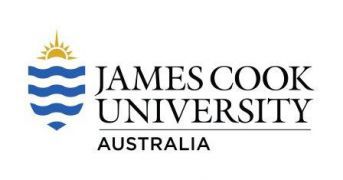Space patch re-links probe
 A technological breakthrough has allowed NASA to regain communication with a distant spacecraft.
A technological breakthrough has allowed NASA to regain communication with a distant spacecraft.
NASA's Voyager 1 spacecraft has resumed sending back engineering data for the first time since November last year.
Voyager 1, which is currently the most distant human-made object in existence, ceased transmitting understandable science and engineering data on November 14, 2023.
However, NASA's mission team at the Jet Propulsion Laboratory in Southern California remained able to communicate with the spacecraft, confirming its continued operational status despite the data anomaly.
The issue was traced back to a malfunctioning chip in one of Voyager 1's three onboard computers - the flight data subsystem (FDS) - which is vital for packaging the transmitted data.
The team determined that the chip responsible for storing part of the FDS memory had failed, losing crucial software code and rendering the data sent back to Earth unusable.
To overcome this challenge, NASA engineers were able to relocate the lost code to different sections of the FDS memory, as no single location could accommodate the entire code.
This involved segmenting the code and making necessary adjustments to ensure it functioned seamlessly as a whole.
The repositioned engineering data code was successfully transmitted to its new memory location on April 18.
With Voyager 1 over 24 billion kilometres away, communication between the spacecraft and Earth involves a significant delay. Signals take approximately 22.5 hours to travel each way.
Confirmation that the adjustment had been effective came when the team received positive feedback from Voyager 1 on April 20.
“For the first time in five months, we have been able to check the health and status of the spacecraft,” says Suzanne Dodd, Voyager project manager.
The team is now focused on relocating and adjusting the remaining sections of the FDS software. They hope to recommence the transmission of science data in the coming weeks.
Launched over 46 years ago, the twin Voyager spacecraft have provided invaluable data from their journey through the outer planets and into interstellar space, a mission that continues to expand humanity’s understanding of the universe.
Voyager 2, for its part, continues to operate normally, contributing to the duo's historic explorative achievements.
As Voyager 1 and 2 venture further into space, their journey is expected to continue until their power sources are depleted sometime after 2025.
Even after they fall silent, these trailblazers will continue to drift through the Milky Way, their Golden Records aboard - time capsules intended to communicate the story of our world to any potential finders among the stars.







 Print
Print



